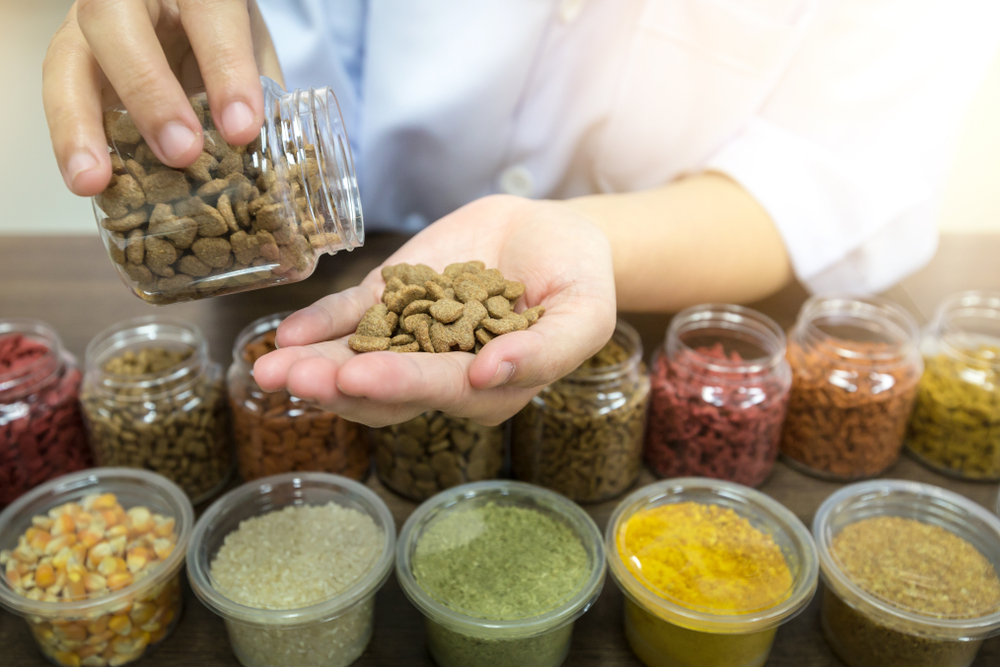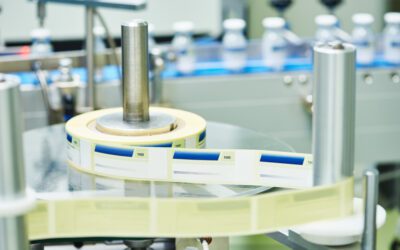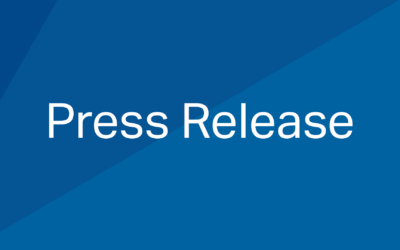Reviewed and Approved by Tim Lombardo, Senior Director, Food Consulting Services, EAS Consulting Group, A Certified Group Company
1-Minute Summary
- Pet Food Label Modernization updates labels for clarity and consumer understanding.
- New Nutrition Facts Box includes calories from protein, fat, carbohydrates, and total dietary fiber.
- Ingredient statements now use common names with scientific names in parentheses.
- Intended Use Statement clearly defines if the product is complete food, treat, or supplement.
- Compliance deadline set for 2030 with a six-year phase-in period.
Pet Food Label Modernization – A Decade in the Making
If you’re in the pet food manufacturing industry, you know that big changes are on the horizon when it comes to labeling.
The Pet Food Label Modernization (PFLM) initiative, led by the Association of American Feed Control Officials (AAFCO), is finally becoming reality after nearly a decade of development.
Here, we summarize the upcoming changes so your organization can begin working toward compliance during the six-year phase-in period.
Why Change Pet Food Labels?
Pet Food Label Modernization aims to improve transparency, consistency, and consumer understanding for pet owners. These changes will align the Primary Display Panel and Nutrition Statements on pet food packaging more closely with human food labels, making nutritional information easier to read and compare. This includes standardized details on ingredients, caloric content, and intended use.
The hope is that clearer labels will help consumers make informed choices, ultimately boosting trust in pet food products and the industry as a whole.
What are the Key Changes Coming to Pet Food Labels?
Pet Nutrition Facts Box
This update replaces the traditional guaranteed analysis with a detailed breakdown similar to human food labels. The Nutrition Facts Box must now include…
- Additional caloric information, including calories from protein, fat, and carbohydrates
- Nutrient content by common household serving size
- Total carbohydrates
- Total dietary fiber instead of crude fiber
- Statement of nutritional adequacy that specifies the food either meets one of the AAFCO Nutrient Profiles or that it is intended for supplemental feeding

Ingredient Statements
Regulations have been updated to use common names for ingredients, such as vitamins, and allow their scientific names to be include in parentheses. The scientific names of microorganisms may also be italicized. Also, manufacturers may identify organic ingredients as such. This change is designed to make ingredient lists clearer and easier to understand.
Intended Use Statement
Labels will require an intended use statement on the front display panel, clearly defining whether the product is meant for complete nutrition, a treat, or a supplement. This standardizes the way products are classified and communicated.
Optional Handling and Storage Icons
While not mandatory, manufacturers can opt to include AAFCO’s standardized handling and storage symbols to improve clarity around safe product use.
What is the Pet Food Label Modernization Compliance Timeline?
You can find the new regulations for Pet Food Label Modernization in the 2024 AAFCO Official Publication (purchase required).
It’s important to note that AAFCO has no regulatory authority, so the organization cannot enforce these guidelines with the power of a Federal or state agency. However, various state legislatures will likely adopt these guidelines. While not all states will adopt them, companies that ship into states that do will be required to comply.
There is a six-year phase-in period for manufacturers to comply. During this time, state regulators are encouraged to practice enforcement discretion, meaning they won’t take action against companies using old labels.
However, it’s always best to begin your efforts toward compliance as soon as possible to prevent unforeseeable issues from derailing your plans.

How Do I Prepare for Pet Food Label Modernization Compliance?
As said, start now. While 2030 seems far off, achieving compliance will set your products apart on store shelves – and will set your mind at ease.
Evaluate Your Current Labels
Audit your existing labels to determine the required updates. Review the individual state requirements as they begin to adopt the AAFCO recommendations. Enlist the help of a regulatory consultant, such as EAS Consulting Group, a Certified Group company. Their experts can review your labels and help draw a roadmap for compliance. This will help you be judicious about exhausting current inventory and seamlessly introducing new labels with minimal waste or added cost.
Review Your Lab Testing Needs
Your products will require additional nutritional analysis, specifically for dietary fiber. You will still need to test crude fiber since it is required for calculating calories.
Testing to determine serving size may also be required to ensure accurate information is included in the Nutrition Facts Box.
If you make label claims, additional assays may be required for justification.
Food Safety Net Services (FSNS) and Certified Laboratories, both part of Certified Group, can work with you to determine the assays you need to develop compliant labels. Our labs are ISO 17025-accredited and use validated methods to provide accurate, trustworthy data.
Starting early on label modernization will help you stay compliant and ensure smooth product transitions by the 2030 deadline.



![Top 10 Reasons for a BRC Audit Non-Conformity [2025]](https://fsns.com/wp-content/uploads/2022/08/shutterstock_1033058215-1-400x250.jpg)